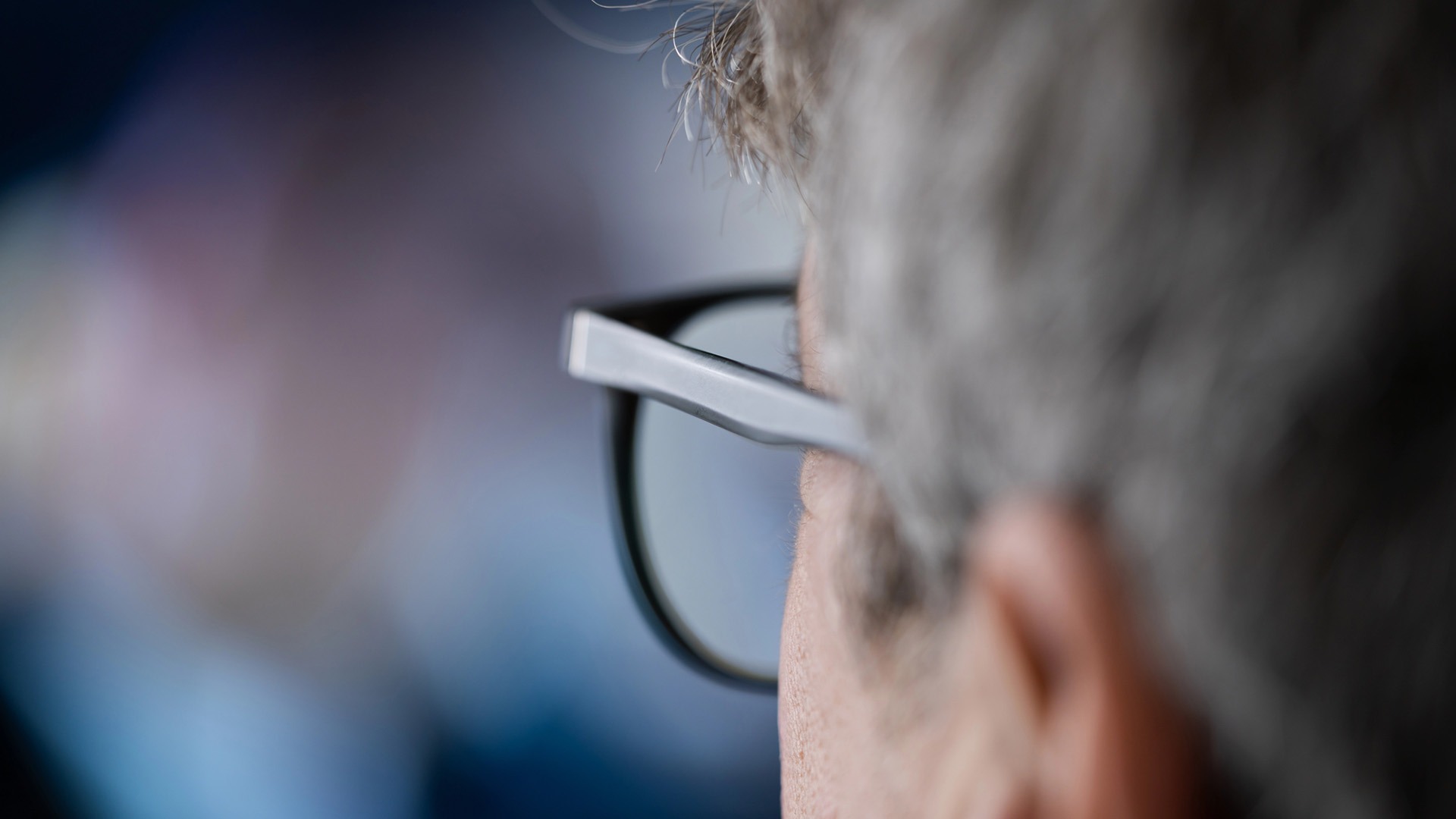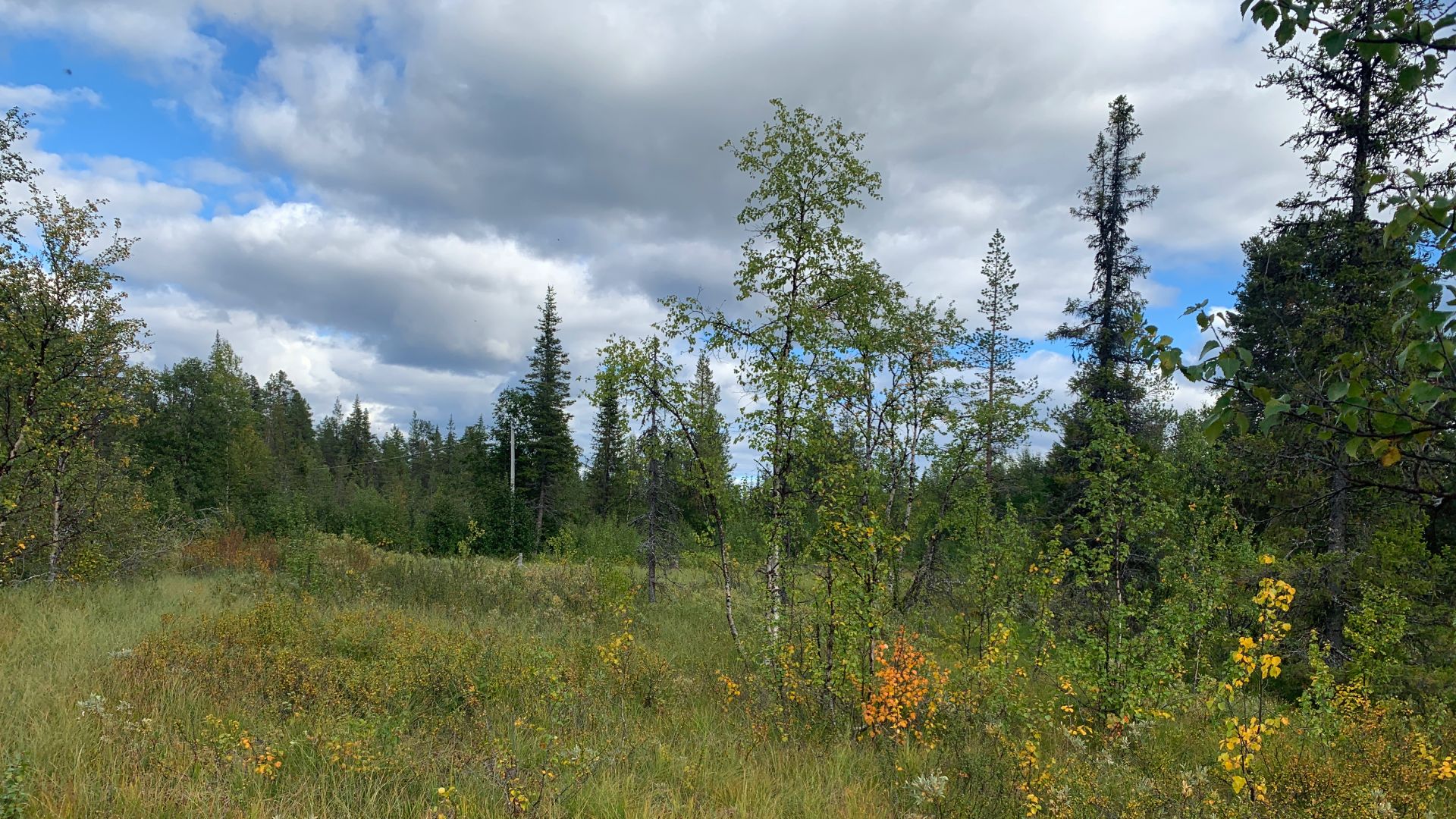Leisure boats threaten the Swedish West Coast archipelago
The number of leisure boats along the Swedish West Coast has risen dramatically over the last 20 years, resulting in a risk that the inner archipelago might be destroyed. These are the findings of new research from the University of Gothenburg, Sweden.
In Sannäs Fjord, a silled fjord to the north of Grebbestad in Bohuslän, researchers from the University of Gothenburg have studied the marine environment in the inner archipelago and built a treatment plant for flushing water from the washing of boats with painted hulls in connection with the autumn haul-out. Researchers have also given courses to those bringing boats ashore and to the people responsible for ports and the environment in coastal municipalities.
There have been significant increases in both the number of leisure boats and in boat traffic in recent decades, with definite negative consequences for the environment. There are currently around. Researchers therefore believe that it is very important to slow down this trend significantly and to limit emissions from leisure boats in our most sensitive fjords and archipelagos.
“The toxic, anti-fouling hull paints on the boats release both heavy metals and toxic substances to prevent growth on the boats. Motor boats also emit large amounts of noxious hydrocarbons and acidifying substances into the water through their exhaust fumes, which have increased as boats have become greater in number and are fitted with more powerful engines that also consume more fuel,” says Kjell Nordberg, who is Professor in the Department of Earth Sciences at the University of Gothenburg and is in charge of the project.
Fjords and protected inner archipelagos act as sedimentation basins or sediment traps, in which heavy metals and organic environmental toxins contaminate and accumulate with sediments on the sea floor in fjords and estuaries.
Worrying trend
Problems with pollutants in our inner archipelagos and fjords are particularly widespread in Sweden compared with many other European countries, where strong tides bring in fresh, new bottom-water twice a day.
“It’s a worrying trend bearing in mind that the number of boats is rising all the time, with increasingly powerful engines that consume more and more petrol. The situation at present is already very precarious,” says Kjell Nordberg.
When marine geologist Kjell Nordberg examined various sediment samples in the Sannäs Fjord in Tanum, he discovered not only high levels of polyaromatic hydrocarbons and heavy metals, but also a lack of oxygen in the beds during late summer and autumn in virtually the whole fjord, even in shallow waters.
“You could tell from the occasionally black sediments, laminations and bacterial mats that this has been going on since the 1990s. There’s not much
Fish disappearing
The lack of oxygen started back in the late 1980s, when there was a dramatic rise in leisure boat activity. This may have contributed to the fact that there are now virtually no demersal fish left in the inner archipelago.
“I don’t think many boat owners are aware of the correlation between exhaust emissions and the environmental destruction of the sea. Just because people have more four-stroke engines nowadays, most of us boat owners think everything’s OK, but that’s not the case at all,” says Kjell Nordberg.
New ways of owning boats
Researchers are calling for new ways of owning boats, such as introducing boat pools and launching options based further out from the coast, so that not all boat owners begin their trips with a long, polluting journey through the inner archipelago. Another possibility is to have boat hotels and storage locations on land where boats can be “parked” without any toxic anti-fouling hull paint when they are not in use.




